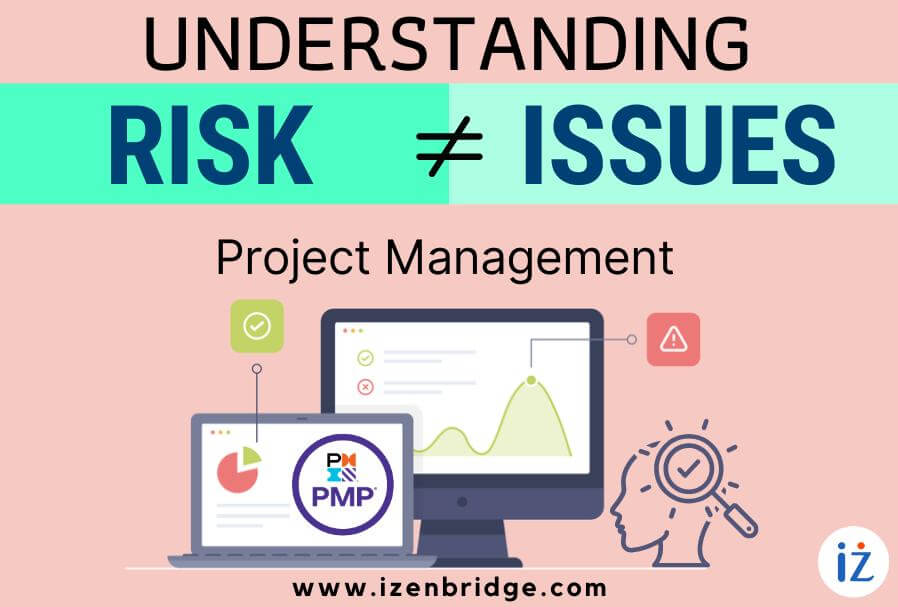

Project management revolves around addressing risk and issues, but these two concepts are often misunderstood or used interchangeably. In this article, we’ll clarify the distinctions between risk and issues and outline effective strategies for managing each.
Risk: Uncertain Events Affecting Project Objectives
Risks are events with uncertain outcomes that can positively or negatively impact a project’s objectives. Positive impacts are called opportunities, while negative impacts are considered threats.
To ensure successful project delivery, project managers must proactively manage risks. Effective risk management involves these key steps:
Examples of Risks:
Issues: Unplanned Events Negatively Impacting Project Objectives
Issues, in contrast to risks, are unplanned events or situations that negatively impact project objectives. Project managers need to be ready to address these unexpected occurrences as they arise. Effective issue management includes:
Examples of Issues:
Key Differences Between Risks and Issues in Project Management
| Aspect | Risks | Issues |
| Documentation | Recorded in Risk Register | Recorded in Issue Log |
| Approach | Proactive/Preventive process | Reactive process |
| Nature | Uncertain events | Facts or events that have occurred |
| Response Strategies | Avoid, mitigate, escalate, transfer, accept , share, exploit | Workarounds followed by solutions or Changes Requests |
| Impact of Project | Can be positive or negative | Negative |
The Relationship Between Risks and Issues in Project Management
Risks and issues share a close relationship in project management, as one can often lead to the other. When a risk materializes and causes negative consequences beyond what was initially anticipated and planned for, it becomes an issue that must be addressed.
Conversely, unresolved issues can give rise to future risks. For example, a one-time rain delay can create the risk of missing an upcoming milestone. It’s essential to resolve issues promptly to manage their immediate impact and prevent potential risks arising from unaddressed problems.
Understanding and managing the interconnected nature of risks and issues is critical for successful project management. By addressing issues swiftly and proactively managing risks, project managers can ensure smoother project execution and more predictable outcomes.
PMP Exam Tips for Mastering Risk and Issue Management
By mastering these tips for managing risks and issues, PMP exam takers will be better prepared to excel in this important aspect of project management.
In conclusion, understanding the distinctions between risks and issues, and effectively managing both, is crucial for successful project management. This knowledge also plays a significant role in the preparation for the PMP exam. Project managers who proactively address risks, promptly resolve issues, and leverage the right strategies can ensure smoother project execution and more predictable outcomes.
We invite you to enroll in our PMP Exam Preparation program to gain a comprehensive understanding of project management topics required for the PMP exam and to foster professional growth. Our program will provide you with the knowledge, tools, and strategies needed to excel in the PMP exam and enhance your project management skills. Don’t miss this opportunity to boost your career and become a certified project management professional.
Join our PMP Exam Preparation program today and embark on a journey towards project management success!
| Name | Date | Place | – |
| PMP Certification and Training | 17 July – 15 Aug 2025 | Bangalore | More Details |